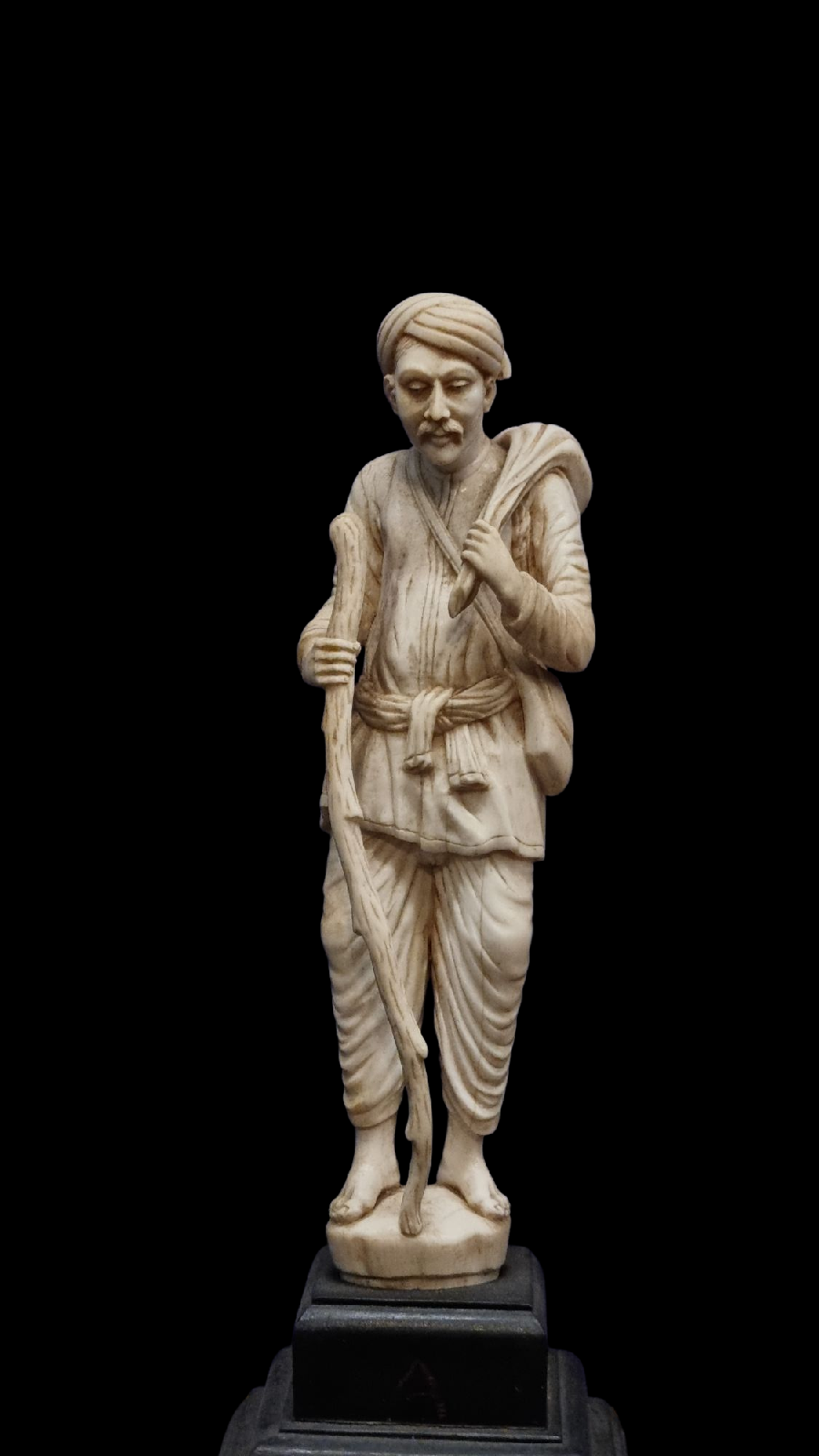Salar Jung Museum
Salar Jung, specifically Salar Jung III (Mir Yousuf Ali Khan), is best known for amassing the extraordinary collection seen today in the Salar Jung Museum in Hyderabad. Here's how he came to possess such immense wealth and a world-class art collection
1. Inherited Nobility and Wealth
The Salar Jung family were powerful nobles in the Hyderabad State under the Nizams. Starting with Salar Jung I (Mir Turab Ali Khan), who served as the Prime Minister of Hyderabad in the mid-19th century, the family held enormous influence, wealth and prestige. Salar Jung I initiated major administrative and economic reforms and was rewarded generously. This wealth and status were passed down.
2. Prime Ministerial Status
Salar Jung III, though he never officially held office as Prime Minister, belonged to a lineage that had ruled behind the scenes for decades. Their proximity to the Nizam ensured privileges, power and substantial economic resources.
3. Personal Passion for Art
Salar Jung III was a passionate collector of art, antiques, manuscripts, books, furniture and weaponry. Between 1912 and 1949, he traveled extensively across Europe, the Middle East and Asia, using his private wealth to acquire artifacts. He often bought entire lots from auctions or private collections.
4. No Heirs, No Dispersal
He lived a largely private and bachelor life. With no immediate heirs and a deep sense of preservation, he kept his collection intact. After his death in 1949, the Indian government took over and eventually turned it into a national museum in 1951.
5. Hyderabad’s Unique Autonomy
Hyderabad, being one of the richest princely states under British India, gave its nobility and aristocracy vast autonomy over land, resources and trade. The Salar Jung family used this autonomy well to preserve and grow their wealth.
So, Salar Jung III's collection is a result of generational aristocratic privilege, an eye for beauty and a lifelong dedication to collecting, fueled by the unique political and cultural position of Hyderabad in pre-independence India.
As I roamed the corridors, I felt being transported to those days of sheer opulence and magnificence. While I was impressed by the artefacts and the collection, deep down I was also reminded of how the artisian must have worked over centuries. The story of their craftsmanship can be seen in these collections. Though, now the artisans have vanished.













Comments
Post a Comment